- By 小编
- 2025-07-02 15:17:29
- TECHNICAL
Panoramic Analysis of Drive Energy in Construction Machinery
As global infrastructure construction continues to expand, the transformation of drive energy in construction machinery has become a core issue in industry upgrading. From traditional fossil fuels to new energy technologies, various drive forms differ significantly in environmental performance, economic efficiency, and reliability. Their applicability must be precisely matched to operational conditions.
1. Traditional Fuel Power
Technical Advantages
With decades of technological accumulation, traditional fuel power remains highly reliable under extreme working conditions. Its engine and hydraulic systems are well-suited for high-intensity mining operations, delivering high torque to tackle heavy loads. It operates effectively within a wide temperature range of -30°C to 50°C. A globally dense fueling network enables rapid refueling within 5–10 minutes, and the initial purchase cost is about 30% lower than that of new energy equipment. In resource-rich regions, fuel economy remains competitive, particularly for long-distance transportation.
Core Bottlenecks
Environmental pollution is the primary limitation: diesel engines account for over 60% of NOx and PM emissions from non-road machinery, and their thermal efficiency of only 20%–30% leads to over 70% energy waste. Stage IV emissions regulations require urea injection systems, adding complexity and cost to operation and maintenance. Engine overhauls are needed every ~8,000 hours, while noise and vibration levels above 85 dB reduce operator comfort. Additionally, fuel price fluctuations further weaken the cost advantage.
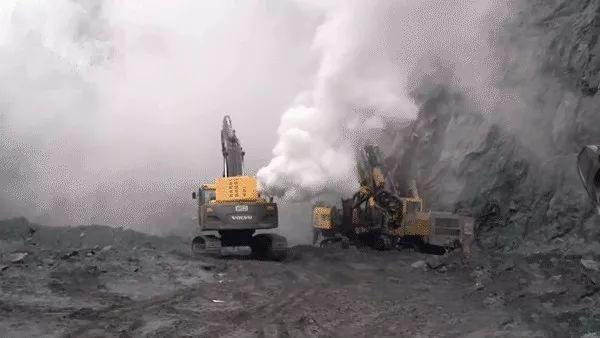
2. Pure Electric Drive
Breakthrough Value
Zero emissions and sub-65 dB noise levels make electric machinery ideal for use in urban tunnels and indoor venues. Electric motors achieve energy conversion efficiencies of 92%–98%, significantly reducing operational costs. For example, Boruiton’s electric loader saves approximately ¥219,700 annually compared to diesel models. Structural simplification results in 40% fewer failures than diesel engines, and intelligent variable-frequency control enables precise load matching. Electric drive performs well at high altitudes and in low-oxygen environments, while advances in battery technology are steadily lowering costs.
Industrialization Barriers
Battery costs account for 40%–50% of total equipment costs, making the initial price over 50% higher than comparable diesel models. In low temperatures, battery capacity can drop by 30%, and the 1–2 hour charging time interrupts continuous operations. Dependence on 380V industrial power grids limits application in remote areas. Compatibility issues among battery, motor, and controller systems increase maintenance complexity. Battery recycling technologies remain immature, and current energy densities restrict driving range.
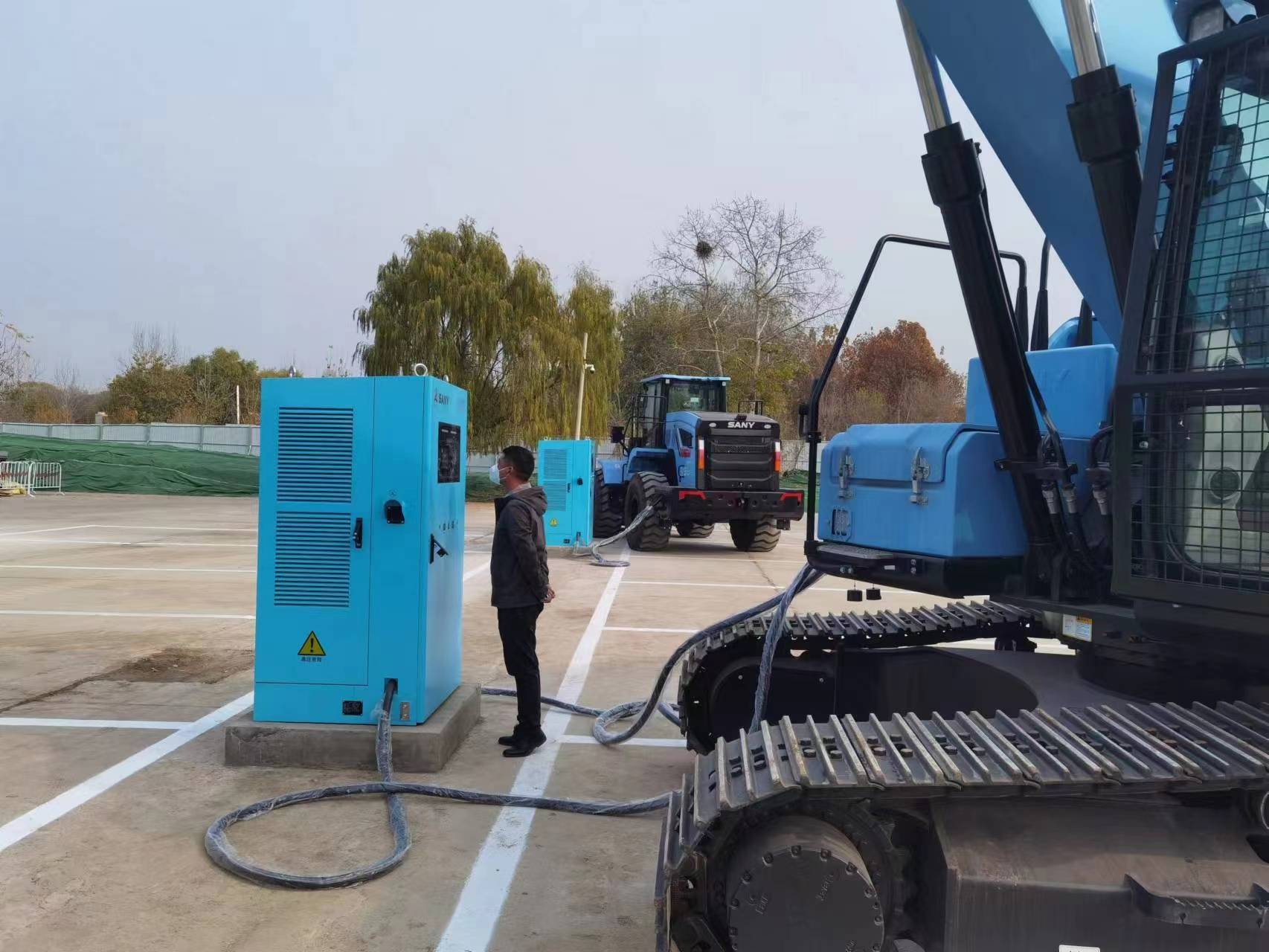
3. Hybrid Power
Technological Advancement
Hybrid systems combine low-speed electric drive with high-speed engine assistance, reducing fuel consumption by 25%–40%. Regenerative braking recovers up to 35% of kinetic energy, and flexible switching to pure electric mode allows operation in emissions-restricted zones. Low wear of electric motors extends equipment life, and maintenance costs are lower than for traditional models. These systems also adapt well to ecologically sensitive regions such as glacial environments.
Application Pain Points
Integrating multiple power sources raises vehicle costs by 30%–50%. Parallel hybrid systems require complex clutches and transmissions, and control strategy development is highly demanding. Battery capacity limits pure electric range, and overheating of supercapacitors can affect system stability. The energy losses from multiple conversions (mechanical → electrical → mechanical) result in around 15% efficiency loss. For long-distance and high-speed operations, their economic advantage is weaker than pure electric systems.
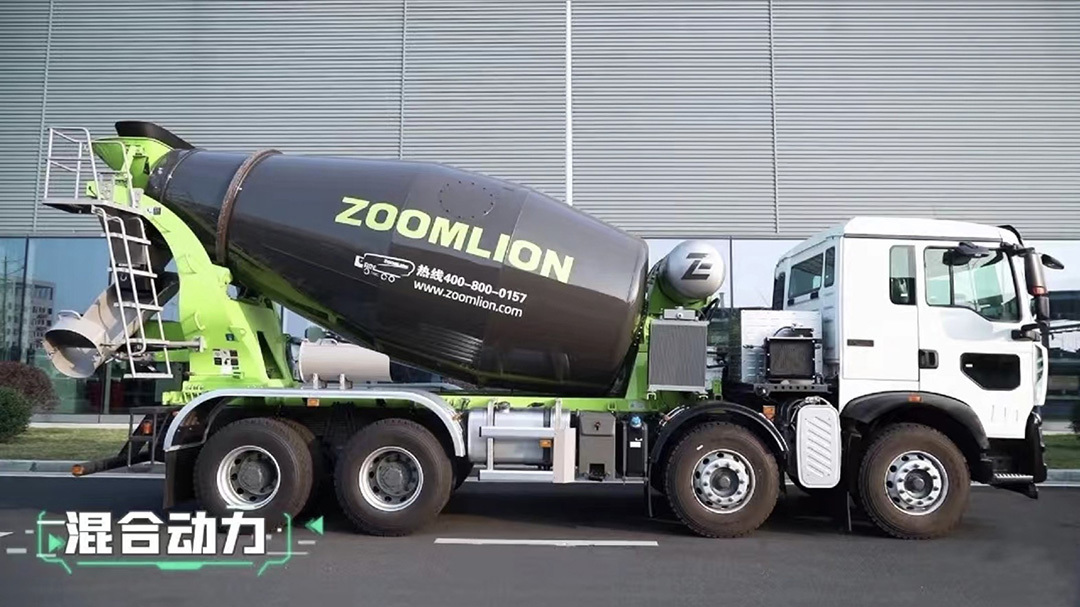
4. Natural Gas Power
Scenario-Based Advantages
Natural gas engines offer significant emissions reductions: PM emissions are reduced by 90%, and CO₂ emissions are 50% lower than those from coal-based electricity. LNG fuel costs only 70% of diesel, and gas power stations take just three years to build—faster than traditional energy plants. Lower engine wear extends overhaul intervals to 12,000 hours, and modular designs suit a wide range of equipment from excavators to generators.
Development Constraints
Limited refueling station coverage increases energy replenishment time by 50% in remote areas. With only 25% of diesel’s energy density, large gas tanks take up considerable space. Methane leakage risks require specialized detection equipment, increasing safety and maintenance costs. Fuel properties reduce engine output by 10%–15%, and cold starts remain a challenge.
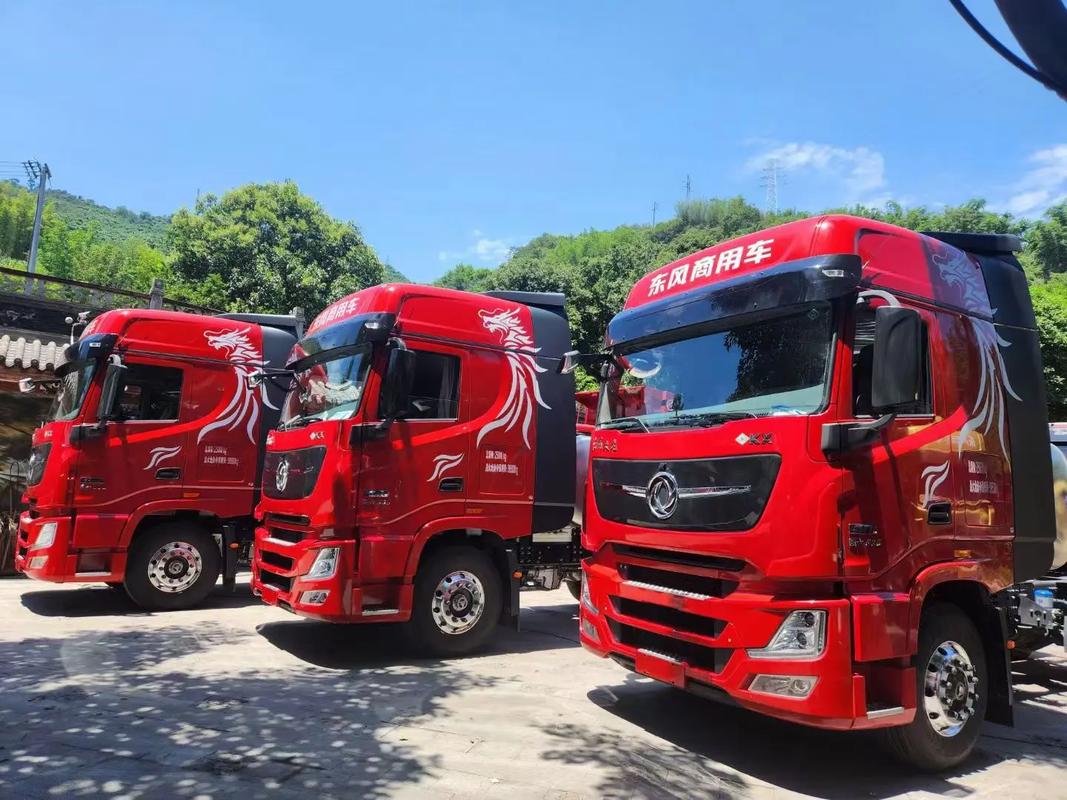
5. Hydrogen Fuel Cells
Strategic Potential
Hydrogen fuel cells emit only water vapor during operation and offer an energy density of 120 MJ/kg—100 times that of lithium batteries. A fast 3-minute refueling time matches the work rhythm of construction machinery. Energy conversion efficiency ranges from 40%–60%, and can exceed 80% in cogeneration applications. EU subsidies totaling €5 billion are accelerating adoption in heavy-duty port machinery.
Commercialization Challenges
Energy losses during hydrogen storage and transport are significant: 13% for compression and 40% for liquefaction. There are fewer than 1,000 hydrogen refueling stations globally, and each costs over $2 million to build. Platinum catalysts account for 30% of system costs, and the 60% efficiency of current electrolyzers limits the growth of green hydrogen. High-pressure hydrogen tanks face the risk of metal embrittlement, requiring breakthroughs in materials science.
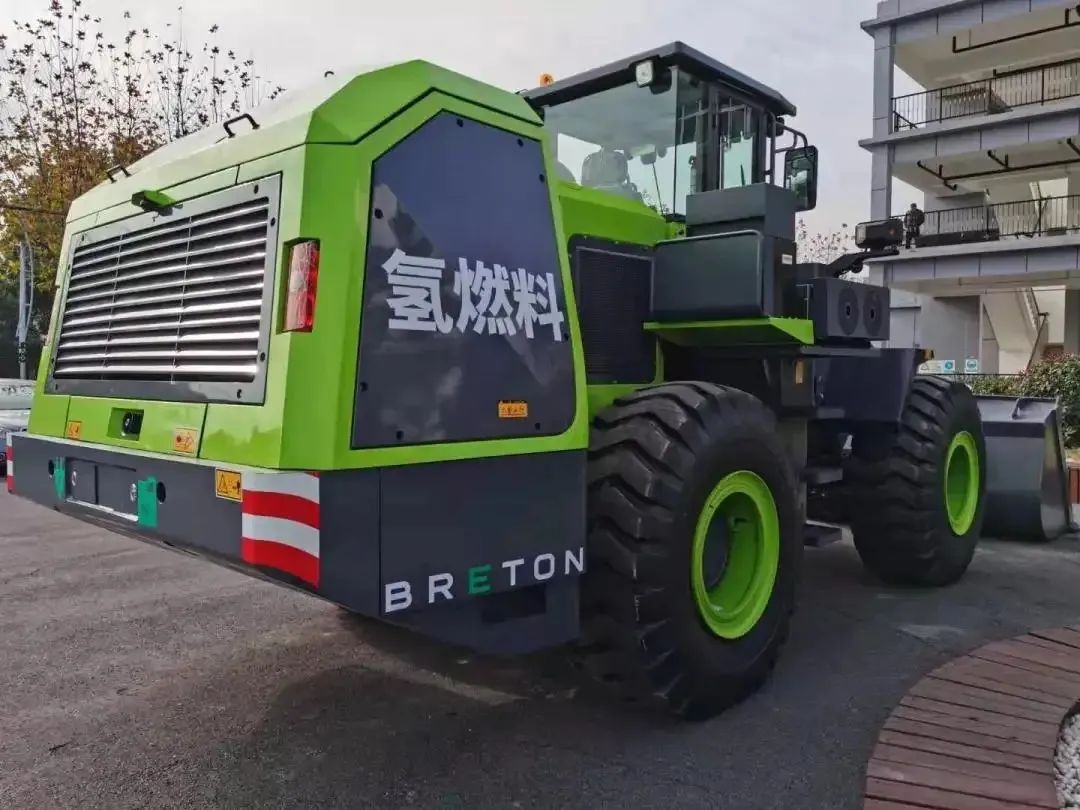
The Golden Rule of Energy Selection
1.Heavy-Duty Mining: Prioritize the reliability of traditional fuel, with hybrid systems supporting energy saving.
2.Urban Infrastructure: Rely on electric machinery, supported by a robust charging network.
3.Port Logistics: Use hydrogen-powered heavy equipment paired with fixed hydrogen stations.
4.Remote Construction Sites: Choose LNG power with mobile refueling solutions.
The evolution of drive energy is fundamentally a dynamic balance of energy density, infrastructure, and life-cycle cost. As lithium battery costs fall below $80/kWh (expected by 2025) and green hydrogen nears $2/kg (targeted by 2030), a multi-energy collaborative ecosystem will reshape the construction machinery industry landscape.
Yikong’s Pure Electric Drive Wheel: Powering Green Transformation
Amid the green energy transition in construction machinery, Yikong Intelligent Equipment's pure electric drive wheel technology is emerging as a disruptive force in industrial and agricultural intelligent equipment. The TEC410 horizontal AGV drive wheel, with ±0.05 mm positioning accuracy and IP67 protection rating, enables millimeter-level precise transport in smart factories for automotive components—reducing CO₂ emissions by 4.8 tons daily across AGV fleets.
Designed specifically for agricultural scenarios, the TEC1450P high-torque drive wheel delivers 2,000 N·m peak torque and features a self-cleaning design, boosting seeding robot efficiency by 35% in northeastern paddy fields—completely eliminating fuel consumption. Both products deeply integrate the core advantages of pure electric drive: noise levels below 76 dB and energy conversion efficiency above 95%, providing silent, maintenance-free, zero-emission power systems for critical equipment and continuously empowering the sustainable development journey of "Made in China."




